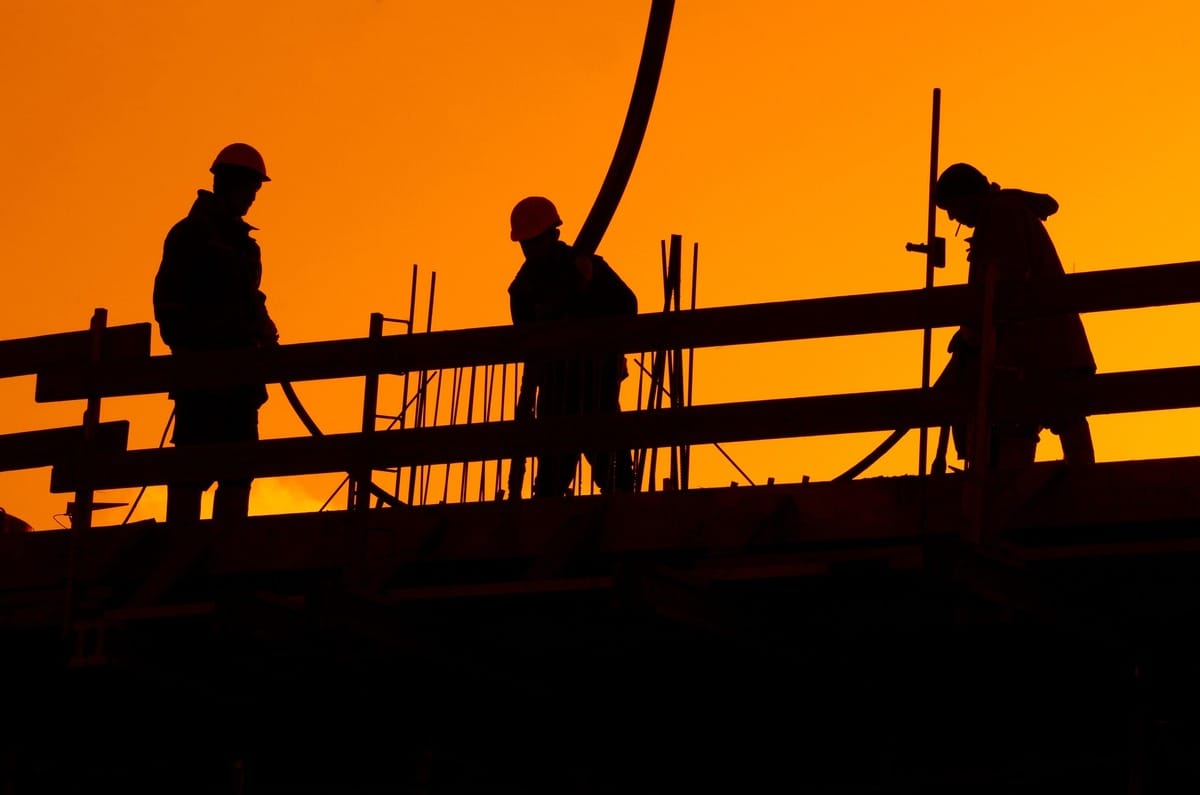- Full Brim Safety
- Posts
- Preventing Uncontrolled Collapse
Preventing Uncontrolled Collapse
Full Brim Safety: Build Smart, Build Safe

Preventing Uncontrolled Collapse
Welcome back, let's Build Smart & Build Safe! We’ve covered the pre-demolition survey and securing utilities. Today, we're discussing the most fundamental structural hazard in demolition: preventing uncontrolled collapse.
The goal of demolition is to remove a structure in a planned, controlled sequence. An uncontrolled collapse is a catastrophic failure that endangers every person on and around the job site.
The Danger of Overloading Floors
As debris is created during demolition, it must be removed promptly. The number one cause of unexpected collapse is overloading the floors of a structure with debris.
Know the Load Limit: You must know the maximum load capacity of the floor you are working on.
Debris Removal Plan: Never allow debris to accumulate. As soon as material is stripped or cut, it must be removed via controlled chutes or hoists. Debris left on a floor creates dangerous, unpredictable point loads that can lead to sudden structural failure.
Controlled Descent & Shoring
Managing the structural support of the building is paramount. The controlled nature of the work must be maintained at all times.
Shoring: Before removing any load-bearing wall, column, or beam, temporary shoring must be installed to support the weight above.
Sequence Matters: Demolition must follow a reverse construction sequence, working from the top down. Never remove support members on lower levels before those above have been safely removed. Cutting a column on the first floor to save time can cause the entire building to pancake instantly.
Uncontrolled collapse is not an accident; it is the result of a failure in planning, inspection, or adherence to the sequence.
Tomorrow, we'll focus on the management of falling debris and exclusion zones.
Don't forget to sign your friends up for Full Brim Safety for your daily dose of construction safety tips!
-The Safety Man
